Piet Mondrian wanted to depict balance, not just a visual balance, but a natural, eternal and universal balance, that was simplified into its basic components. Did he accomplish this in his later paintings?
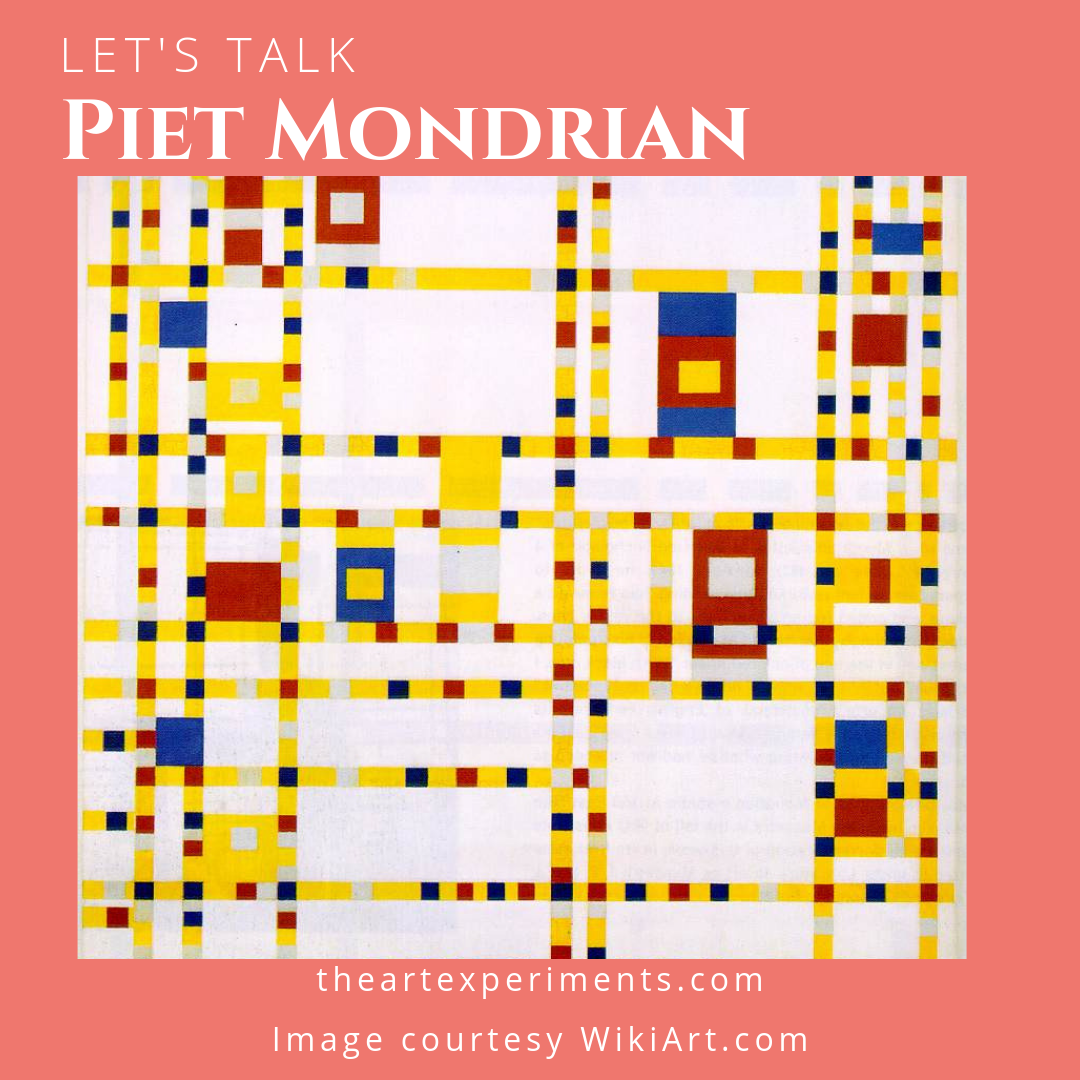
More images of Mondrian’s art.
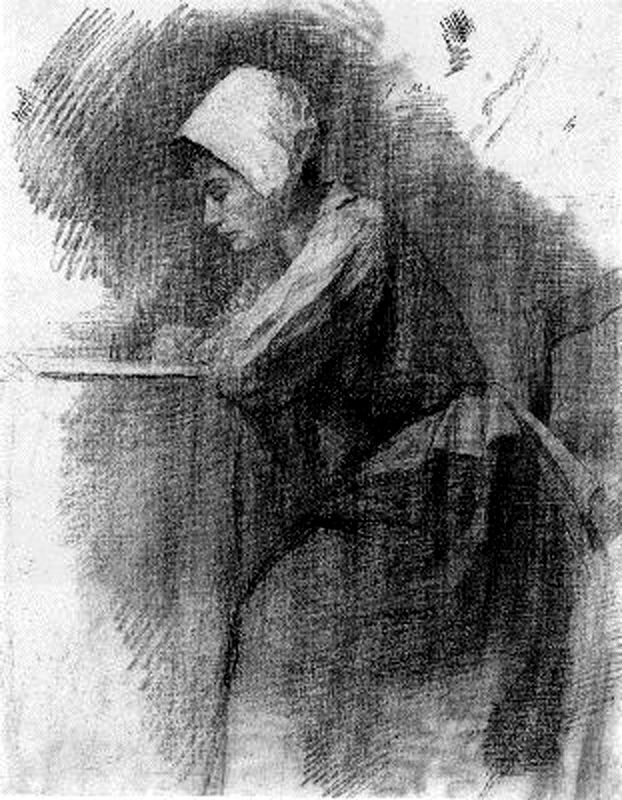
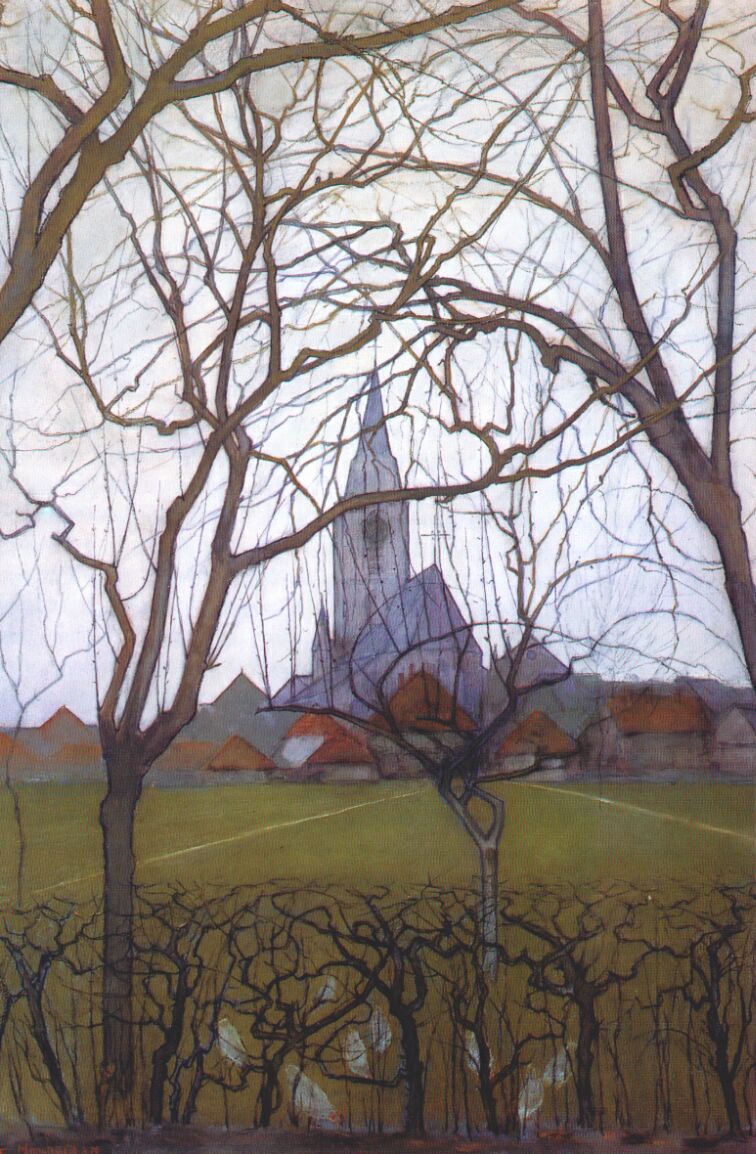
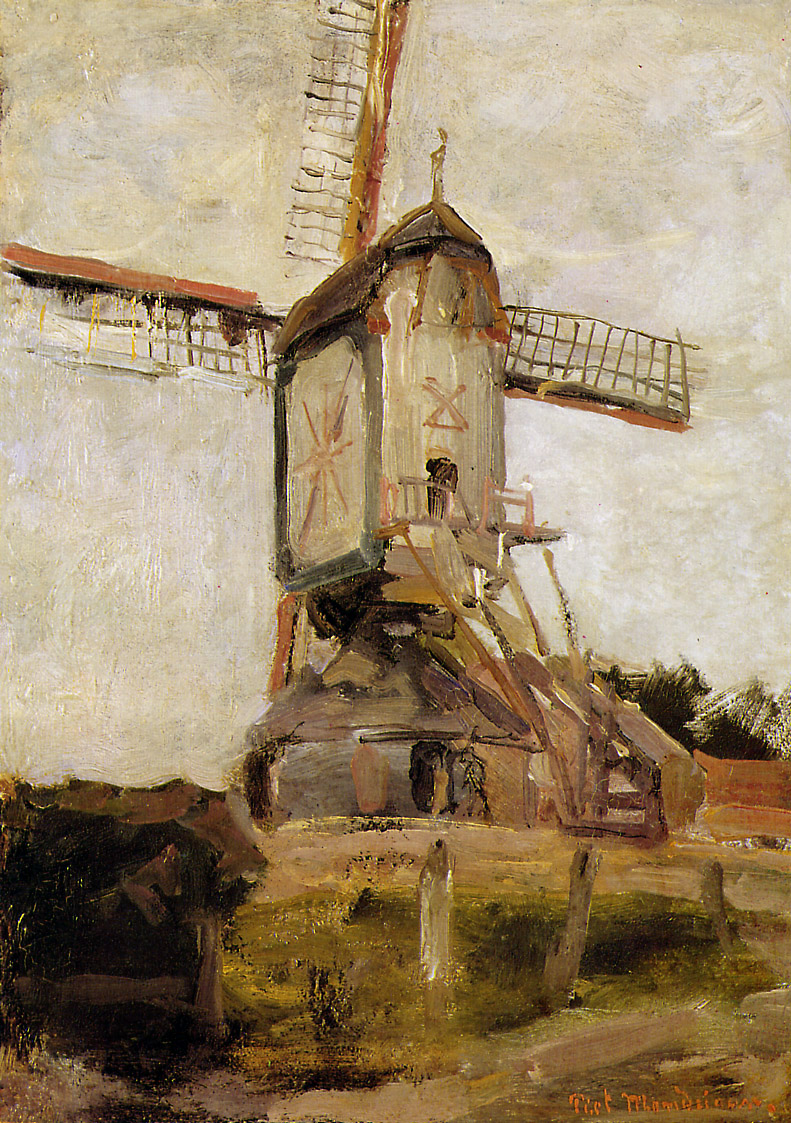
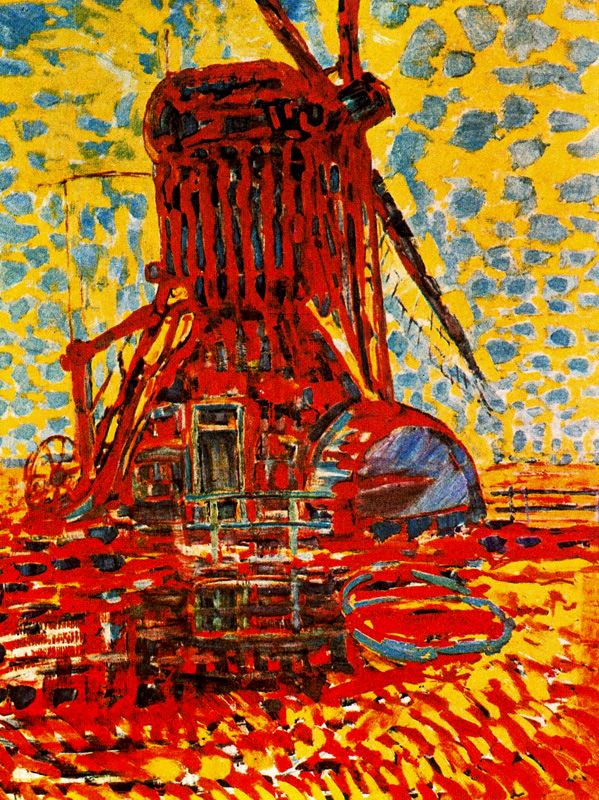
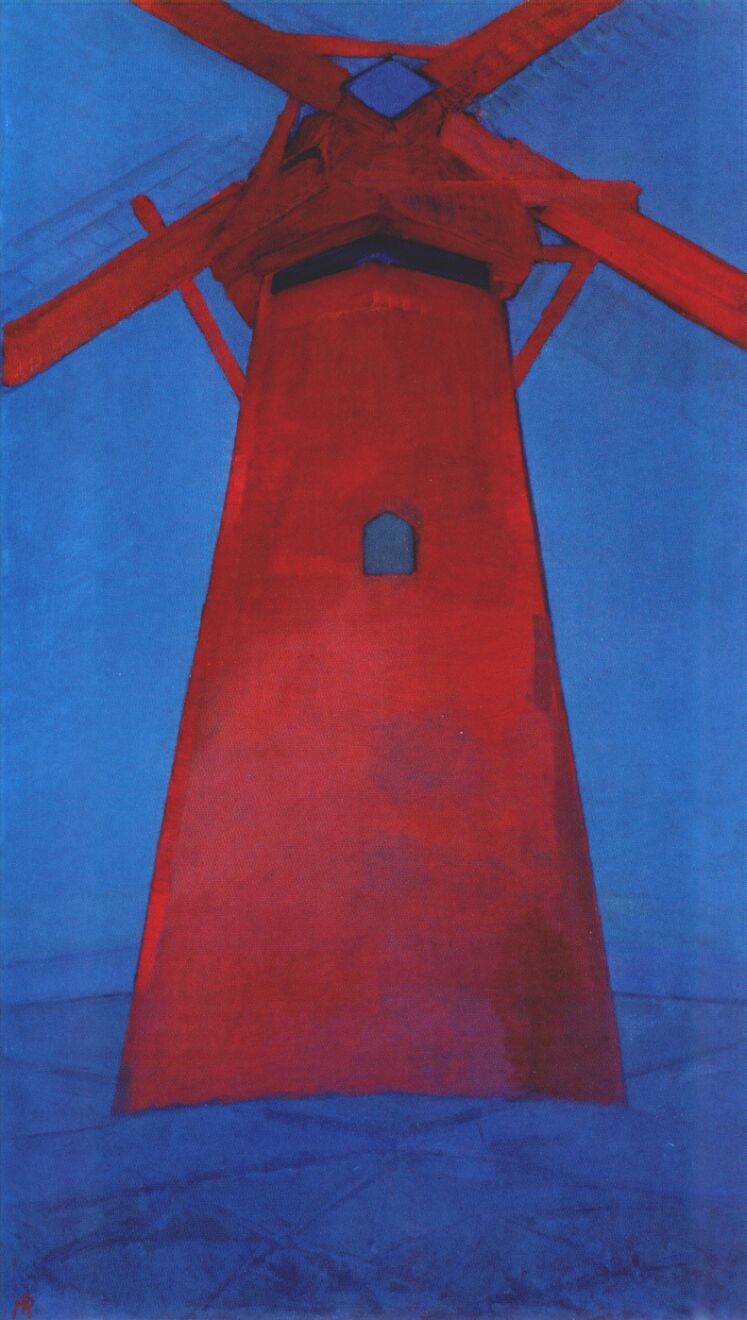
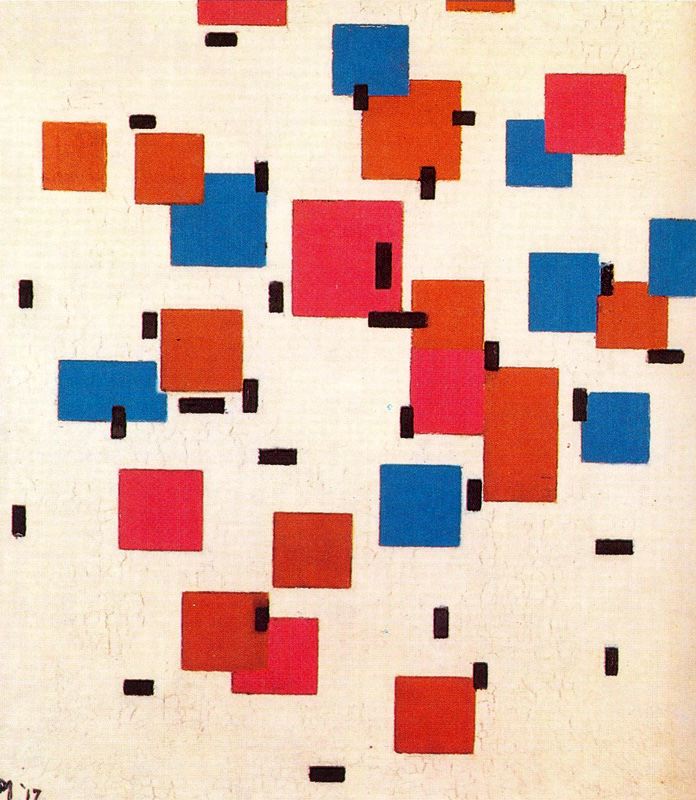
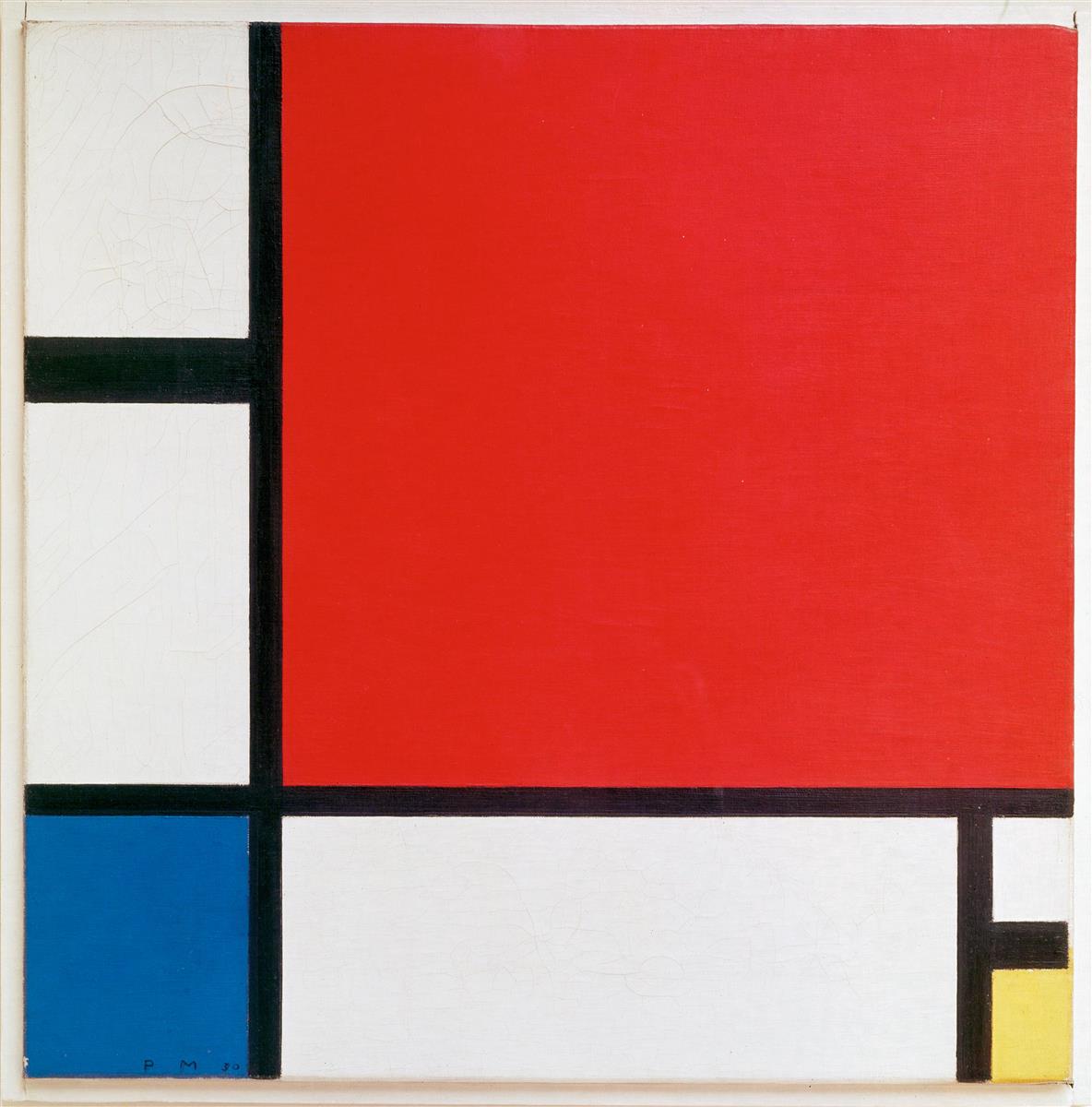
All images courtesy Smithsonian American Art Museum

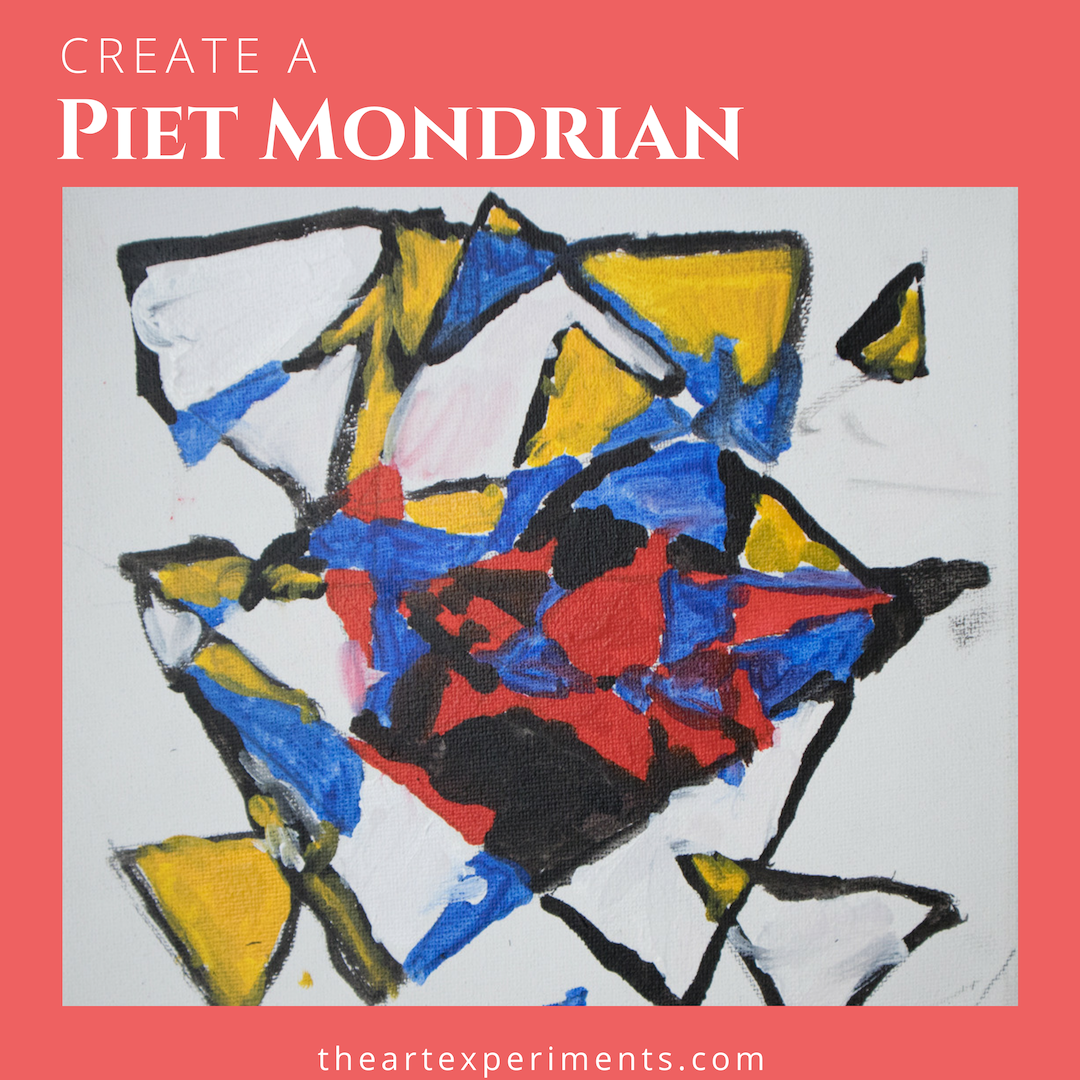
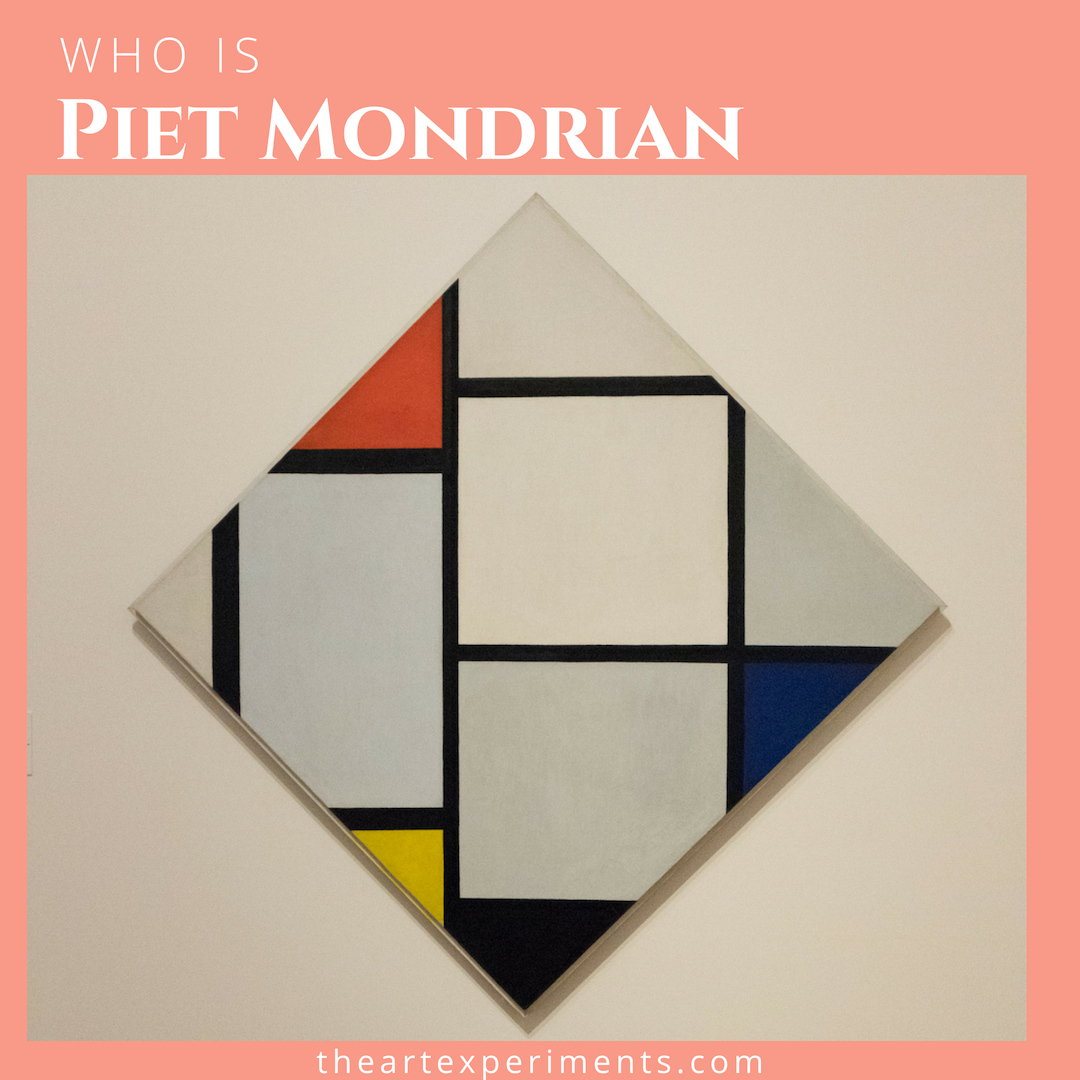
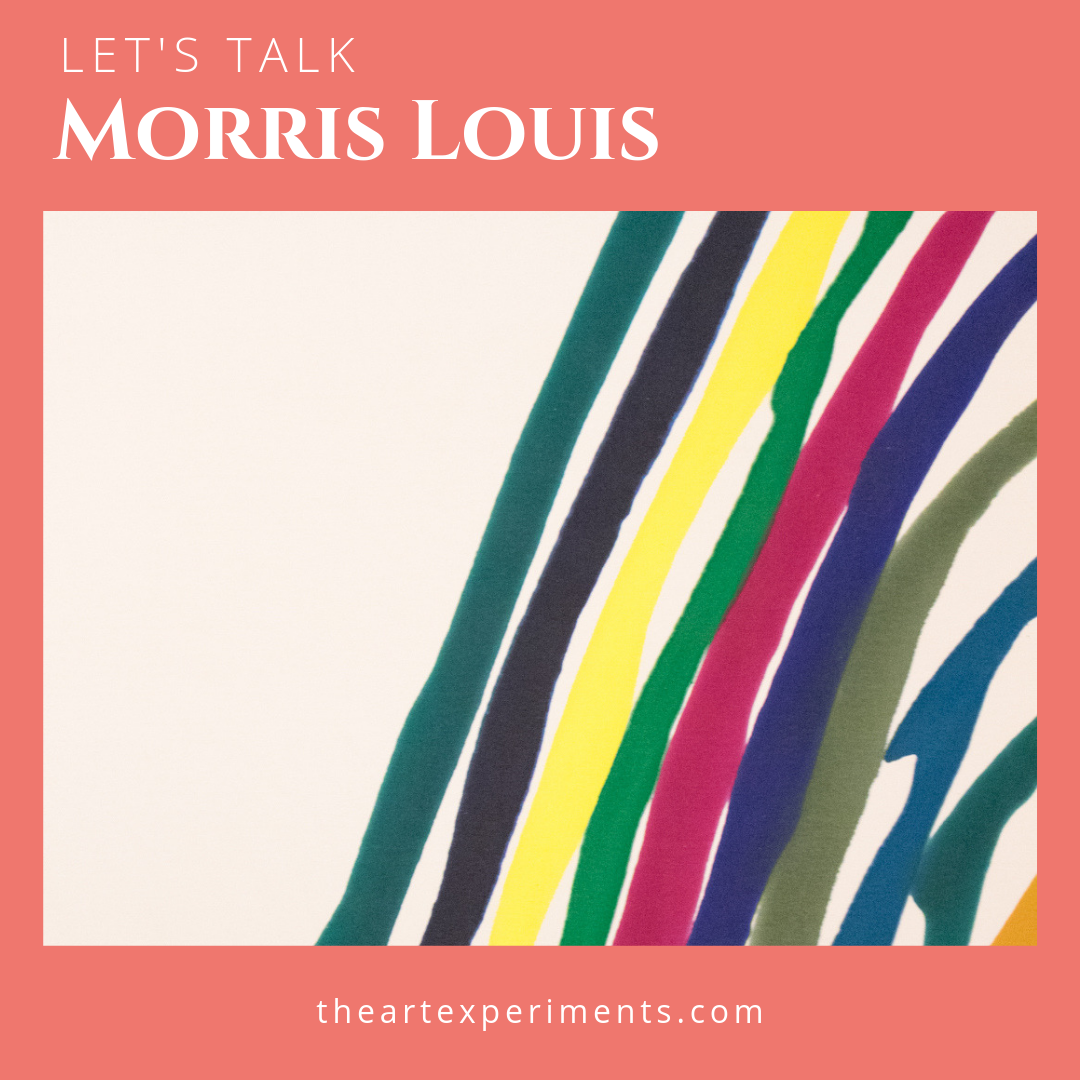
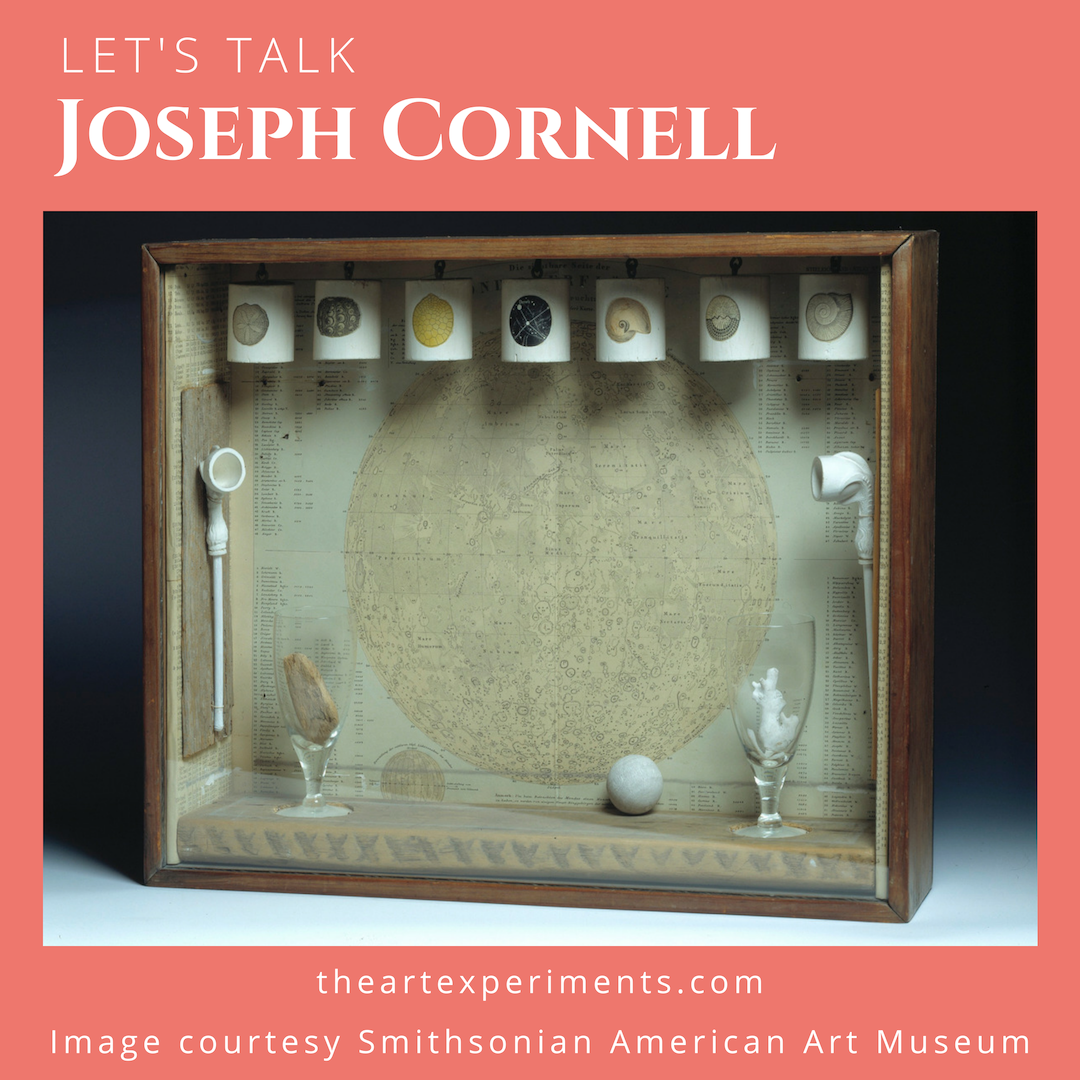
P.S. You’re awesome!
Thanks, Jeannie! I’m so glad you like it.
The questions are fantastic! I love how you’ve engaged the learner as both artist and philosopher.